Roasted broccoli topped with parmesan cheese and browned
Although I like cooking, experimenting with recipes, and trying new things, most nights we keep supper pretty simple. I make a lot of vegetables, and try to have a good bit of variety. Sometimes that calls for filling my oven and roasting all my veggies.
My first post on this blog was about roasting tomatoes, and there are plenty of other recipes that using roasting as their cooking method.
But you don’t need a recipe for each vegetable or fruit (though it can be helpful when roasting something out of the ordinary, such as lettuce); all you need is a guide and willingness to experiment.
First, you want somewhat uniform pieces of your vegetables. I’m terrible at accomplishing that, so don’t fret, but make an effort. For some vegetables that can mean leaving it whole, for instance for new potatoes or for okra.

Okra ready for the oven
You can also roast larger pieces, such as halves of romaine lettuce or bok choy, or sliced winter squash.
Next, coat your veggies in oil, butter, or other preferred fat. The easiest way is to drizzle it on your veggies directly on your baking sheet, then give them a stir or toss. Using a bowl gives you one more thing to wash, but it is easier to get the coating more uniform. Start with less than you need and add as necessary.
You can add flavor with onions and garlic mixed in. I prefer whole or half cloves, or large pieces of onion.
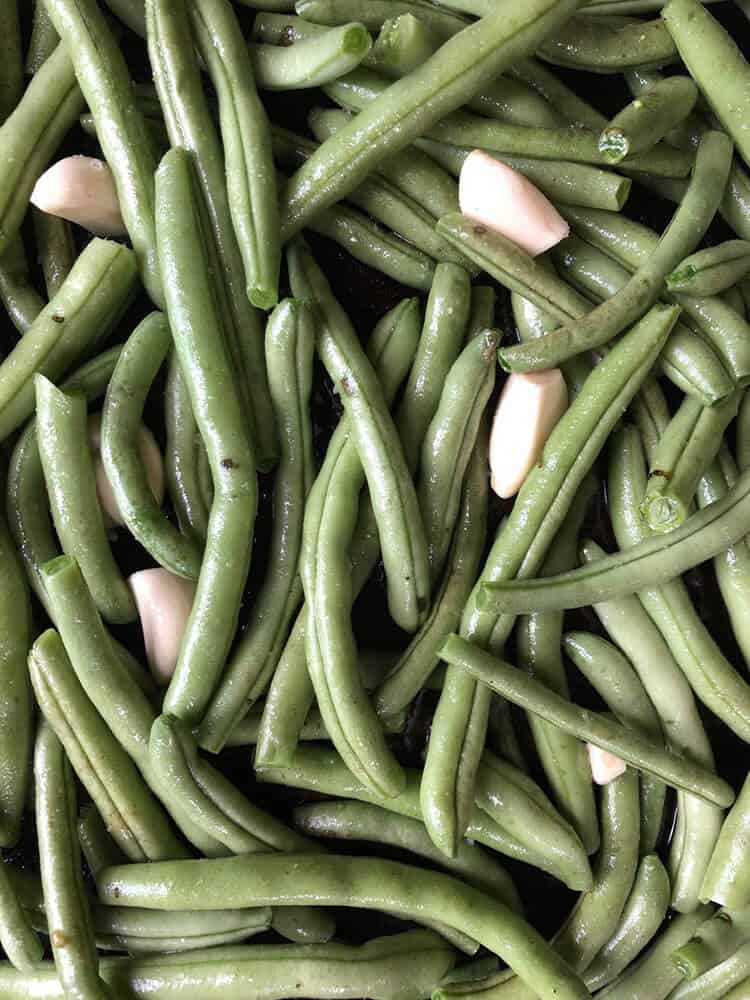
Green beans prepped with garlic
I prefer to add all herbs after roasting, but some people like to add woody herbs, such as rosemary, to the pan to roast with the vegetables.
Shake salt and other seasonings (Tandoori Masala is my favorite for cauliflower, for instance) generously on top.
Put your pans in the oven, preheated or not. Choose the temperature to suit your ability to keep an eye on what’s roasting as well as to suit what you are roasting. More delicate produce needs a lower temperature, at least 350°, but no more than 400°. Sturdier food such as potato chunks can go as high as 450°, but you’ll need to keep a close watch on them and use a fat that can take such high heat.
Stir and/or shake your pans every so often. You can go longer at the beginning of cooking and with lower temperatures. Keep a closer eye on things near the end.
Once your vegetables are done, or close to done, to your liking, you can add more toppings. I wait until they’re all done to add herbs. If I add some, cheese, though, I like to brown it in the oven for a bit.
Next time you are facing a mound of vegetables, use your oven and have a meal of them browned to yummy caramelized goodness.

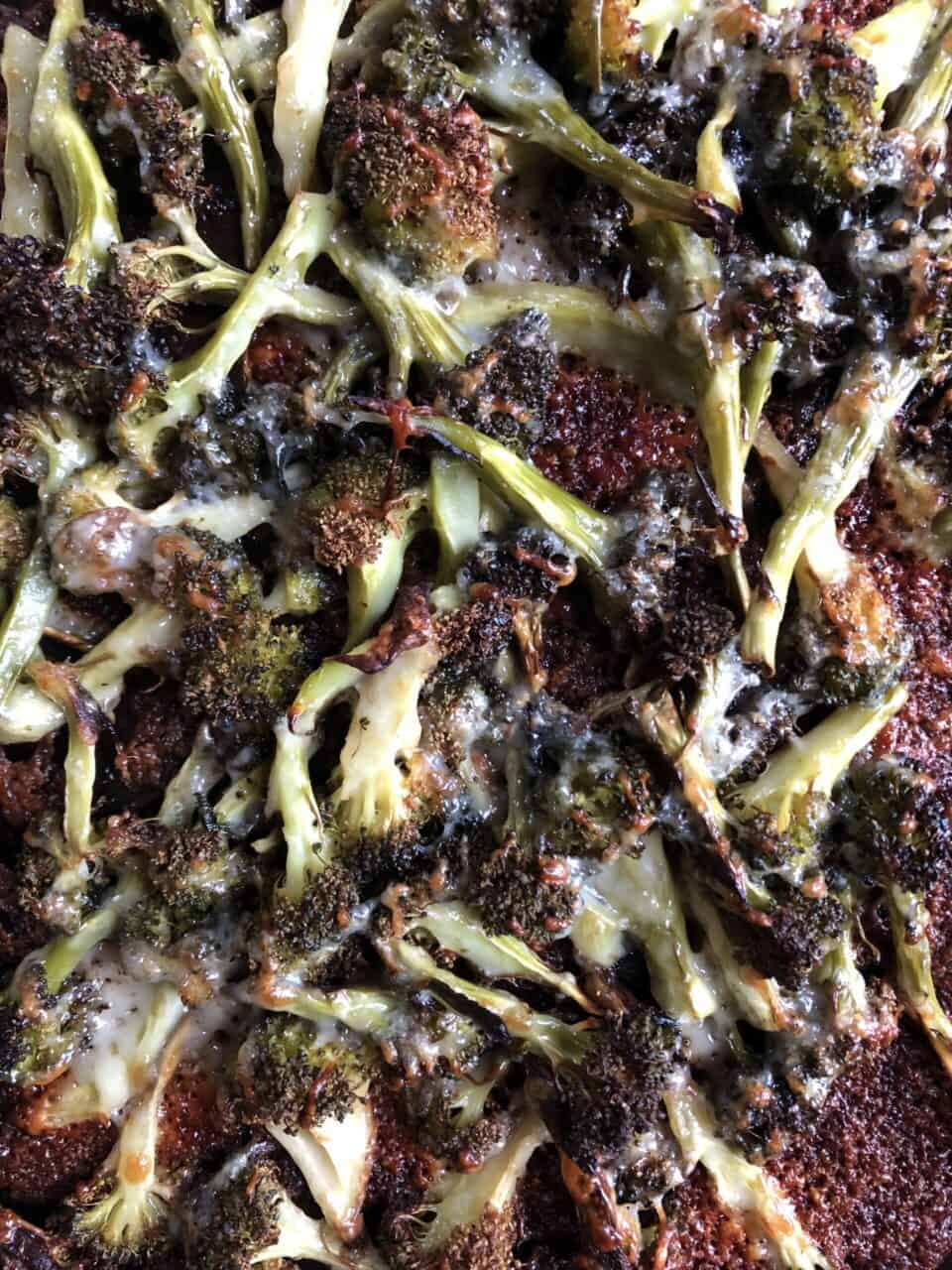
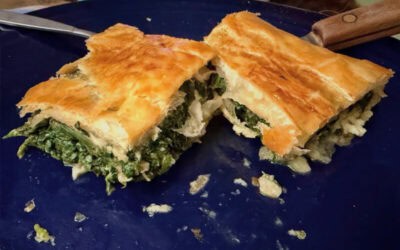
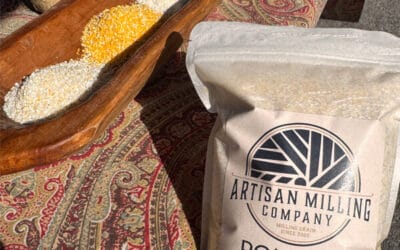
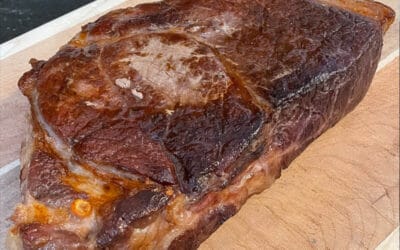
0 Comments